Infrared saunas for improving sleep quality is an amazing tool, and yet, sometimes, infrared saunas can throw your sleep off - when incorporated incorrectly into your routine. For that reason, I decided to write a blog post about whether you can not sleep after infrared sauna sessions.
In this blog post, I explain why some people sleep more poorly when planning an infrared sauna session just before bed, and, I'll tell you how to fix the problem.
But first, I’ll cover some basics about sleep quality:
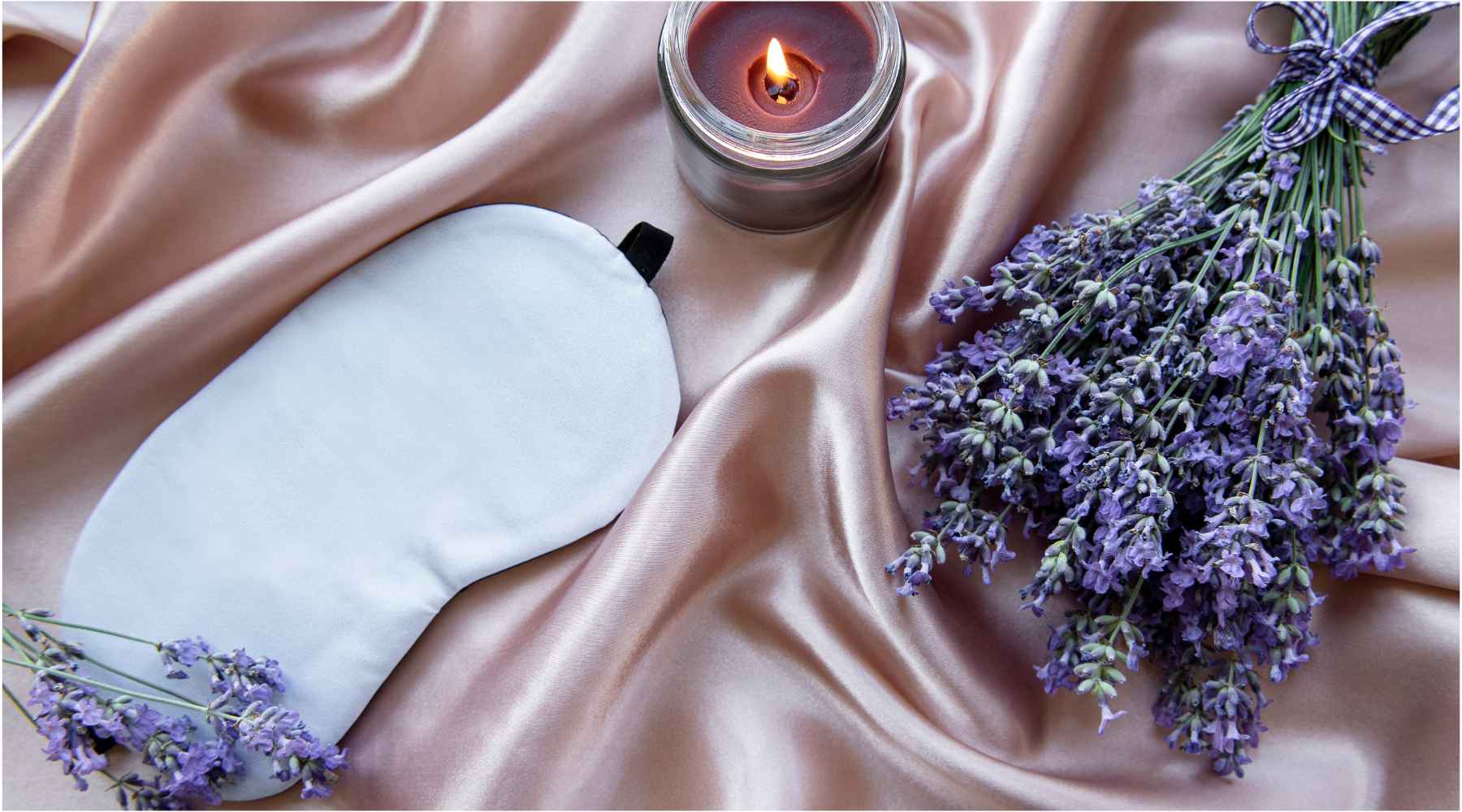
Sleep Quality 101
During sleep, your body moves through different sleep stages (1; 2; 3). Those sleep stages are made up of different non-REM parts and a REM part. REM sleep - which stands for "Rapid Eye Movement" is the predominant stage where you dream. And, the non-REM (NREM) sleep can be divided into non-REM phases one to three or four (depending on the type of categorisation you use).
The higher numbers of NREM sleep signify deeper sleep stages, such as NREM phases three and four.
For optimal sleep quality, it’s important to increase the amount of time you spend in the higher NREM phases as well as REM sleep. If you spend lots of time in NREM phrases one and two, you’re technically sleeping but the sleep is very non-restorative. Moreover, you need both the higher NREM phases as well as REM sleep for optimal sleep quality - missing either of them gives you suboptimal results.
So both REM sleep and the higher NREM sleep stages have different purposes. You need REM sleep for processing emotions as REM acts as a kind of nightly therapy, for heart and blood vessel health, creativity during the daytime, and optimising your learning ability (4; 5). The higher NREM sleep stages, moreover, are also necessary for learning and memory, as well as hormonal health and fat loss, immune function, and overall recovery of your nervous and musculoskeletal system.
So, both the higher NREM as well as REM sleep are important for sleep quality. So let's move to the topic of how saunas affect people differently next:
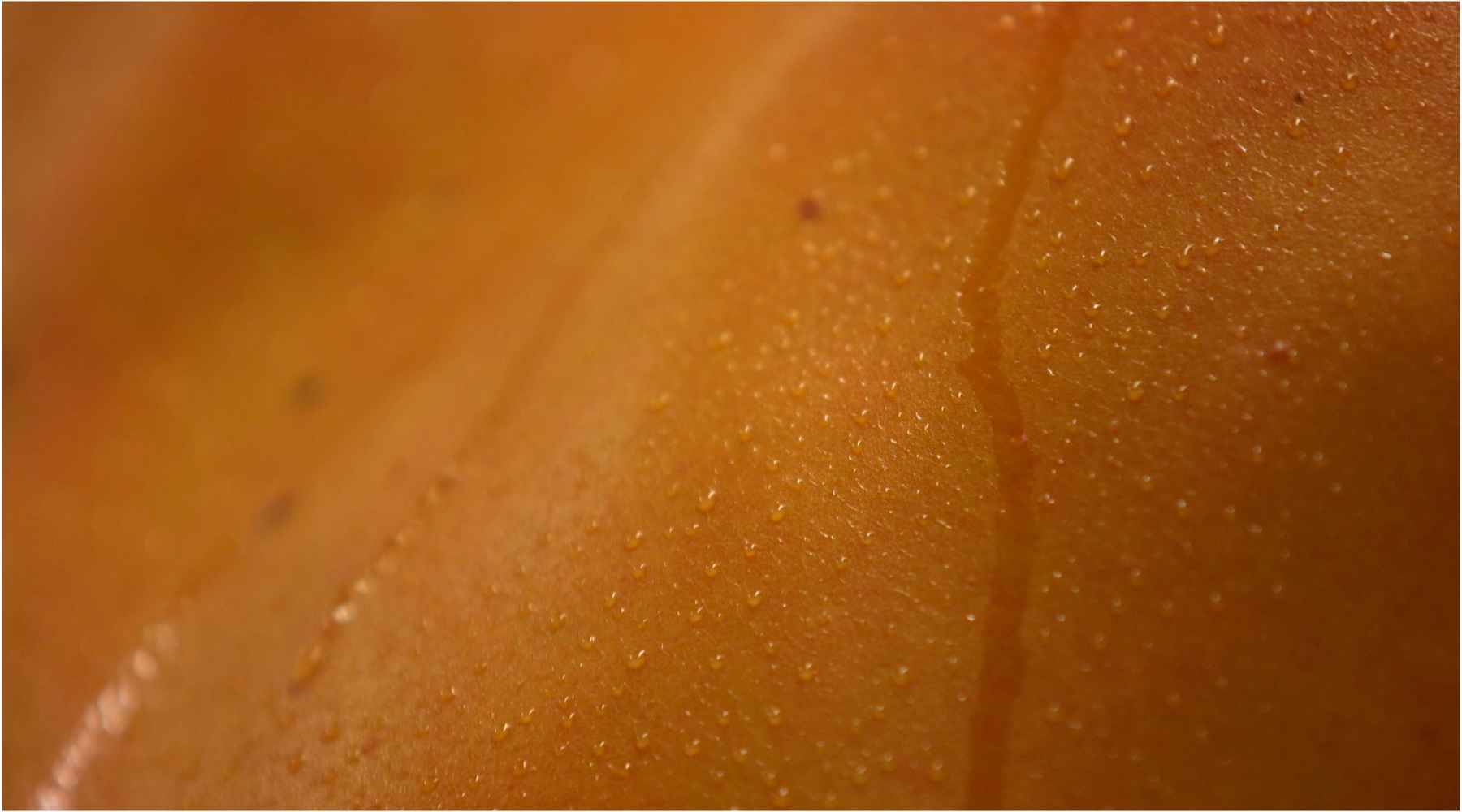
Will A Sauna Help Me Sleep Better? Exploring The Concept Of “Biological Individuality”
So, before exploring whether a sauna before sleep is a good idea, let’s consider the concept of “biological individuality”.
Humans are not all the same. For instance, large variations exist between intelligence, strength, endurance, mental fortitude, and other measurable qualities. You can, for instance, have a very high IQ and very poor genetics for becoming a great basketball player - or the reverse. And, if you’re lucky, you have both a high IQ and great genetics to become a great basketball player, but, you will have a disadvantage in some gymnastic disciplines like the rings.
The same is true for both heat exposure whether that heat comes from infrared light or hot air (6; 7). Exposing yourself to infrared light increases heart rate, for instance, as well as your body temperature, but the extent differs from person to person.
Normally, during sleep, your body temperature goes down and becomes lowest during the middle of the night. The drop in body temperature already starts in the late afternoon though. If the drop in temperature is too significant, and you’re increasing your heart rate too much in the evening, your sleep quality will be negatively affected (8; 9).
The same is true for reaching an optimal body temperatures (10; 11; 12). Of course, very cold temperatures are bad for high sleep quality also, so a golden mean exists between too hot and too cold. In such a case, you'll spend less time in the REM phase of sleep as well as the higher NREM phases.
Now here’s where differences in heat tolerance explain the differences in sleep quality you might get from sauna sessions:
After spending 20 minutes in a Finnish sauna, some people will have a heart rate of 120 beats per minute (13). Others will have a heart rate of 170 beats per minute - mathematically, that difference between these groups is only 2 standard deviations around the mean. Looking at the mathematical principle of the “Bell Curve”, 68% of people will have a heart rate between 120 beats per minute and 170 beats per minute.
Of course, the difference between 120 beats and 170 beats per minute is pretty big. Assuming a resting heart rate of 80, the increase in some study participants is twice as big as it is for others.
Regulation of heat can be partially trained by increasing aerobic conditioning, although other factors are beyond your control (13; 14; 15). For some reason, some individuals have a lower increase in heart rate and levels of stress hormones than others.
Differences in what are called “mitochondria” - the energy-producing factories of your cells - also result in the ability of cells to generate energy for movement versus heat production (16; 17; 18). In plain English, the makeup of your cells determines whether you’re better at withstanding cold temperatures or at physical exercise.
While more research is needed to explain why exactly there are individual differences between heat tolerance, right now, these differences do exist. And hence, you might respond to a sauna session differently than your good friend.
As a result, your heart rate or “heart rate variability” might recover less quickly than in another person. For that reason, some people don’t sleep better after the sauna. One example is Tim Ferriss.
Ferriss tracks his response to using an infrared sauna before sleep with a health and wellness tracker. The Oura Ring and Biostrap are examples that help you track your recovery and sleep. For Ferriss, his sleep quality goes down if he uses it right before bedtime. In plain English, Ferriss spends less time than is normal for him in the NREM phases 3 and 4, and in REM sleep,
However, to reap infrared sauna sleep benefits, Ferriss uses late afternoon and early evening sessions for superior results. That way, his stress response and heart rate can recover sufficiently so that sleep quality is positively instead of negatively affected.





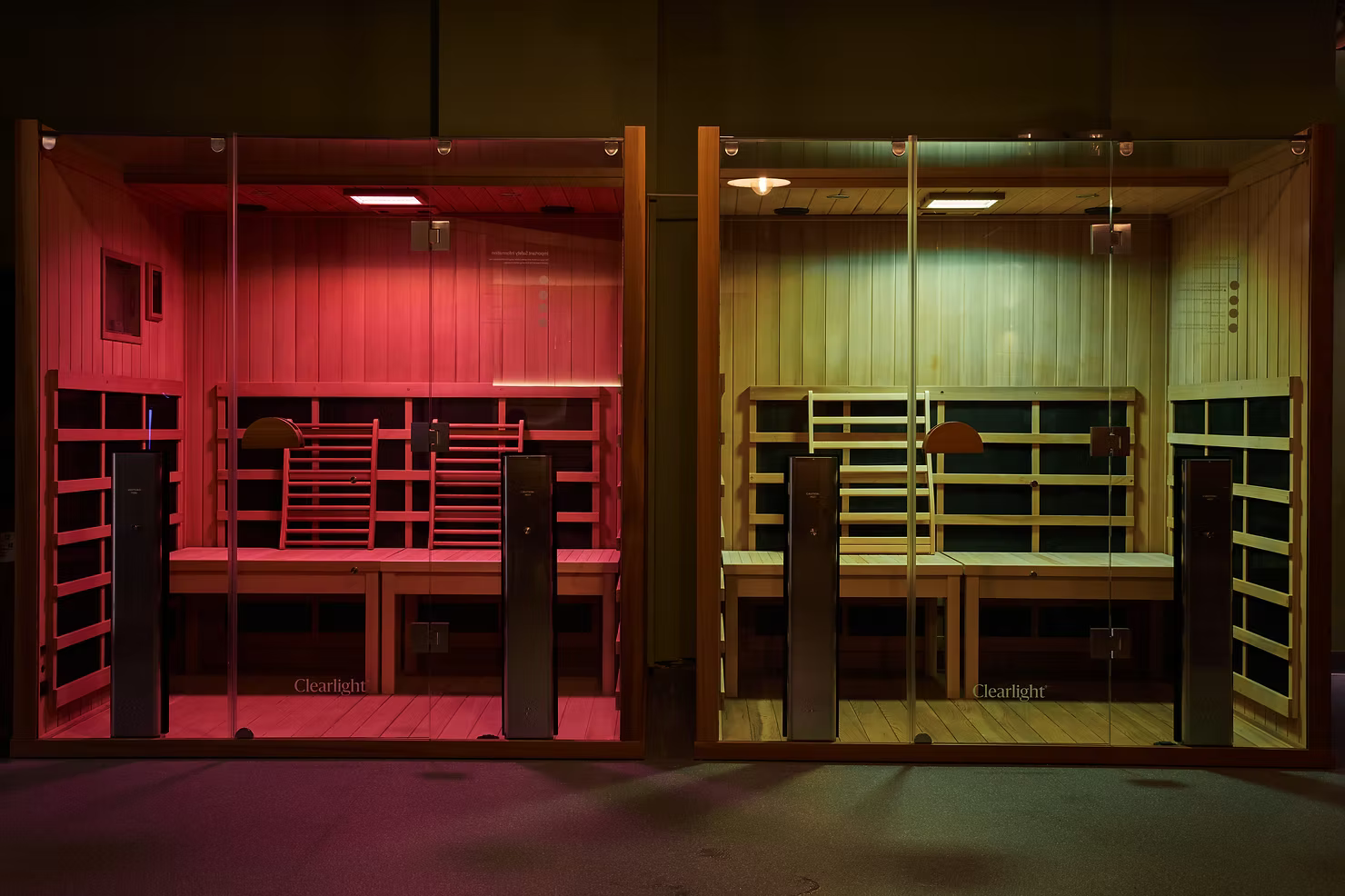
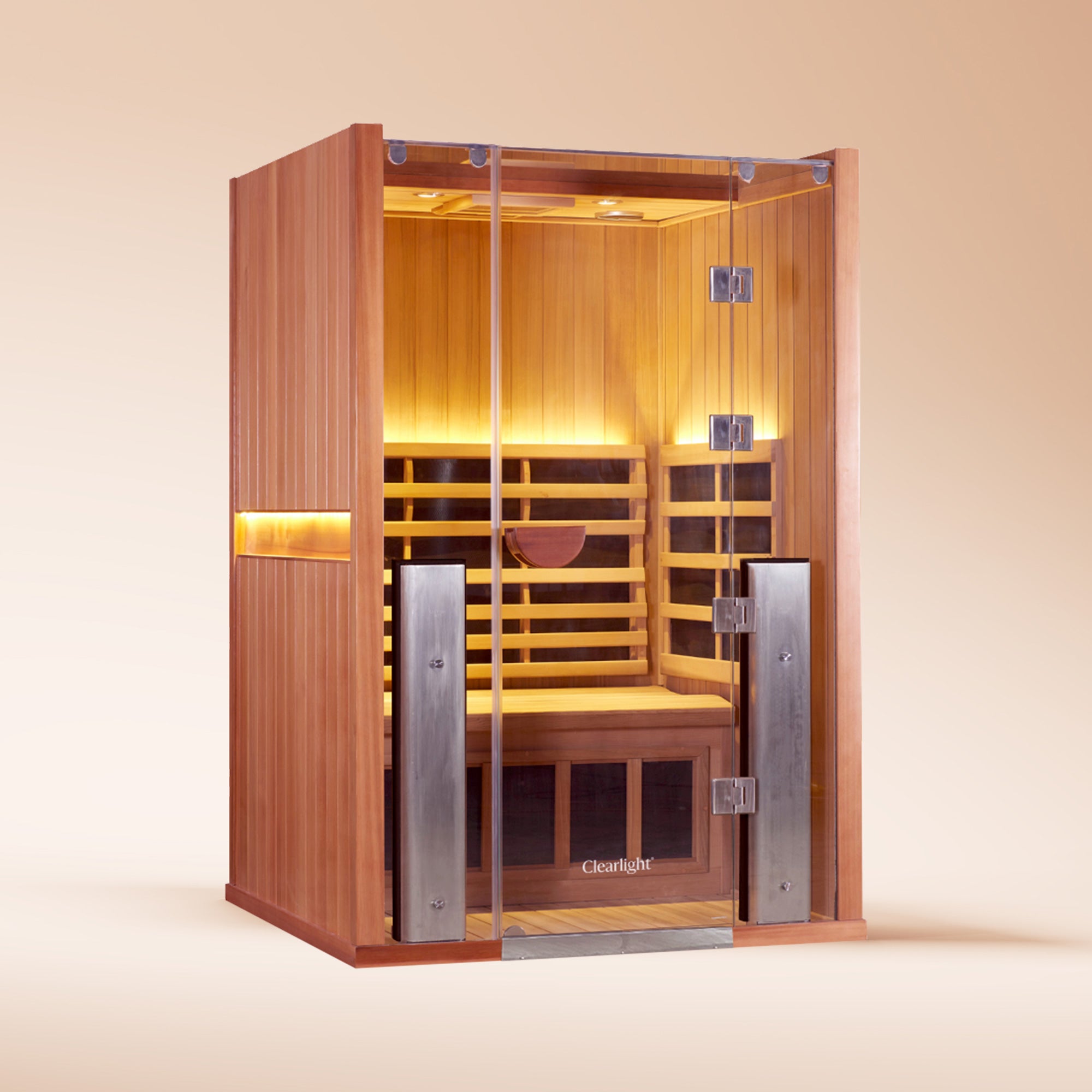

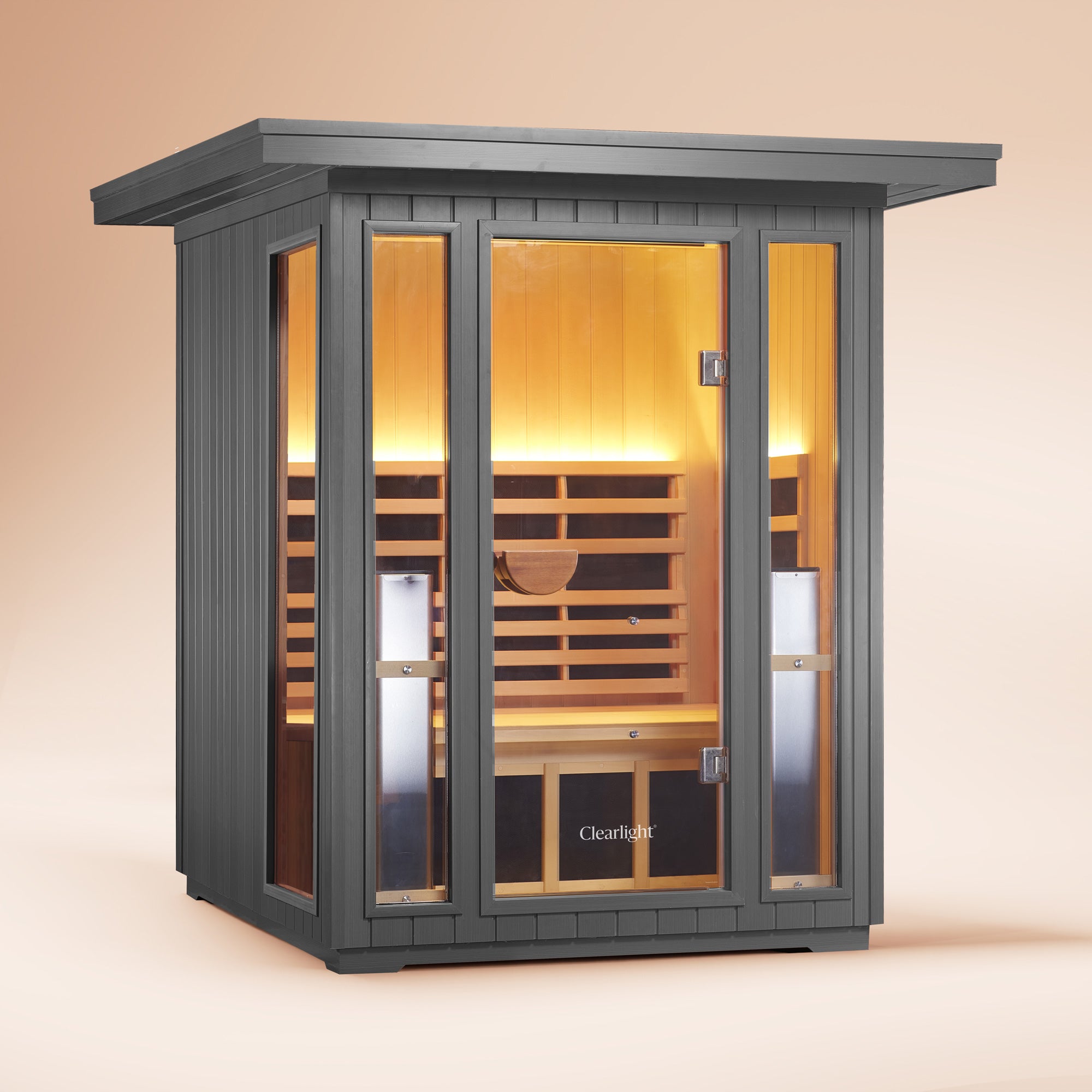

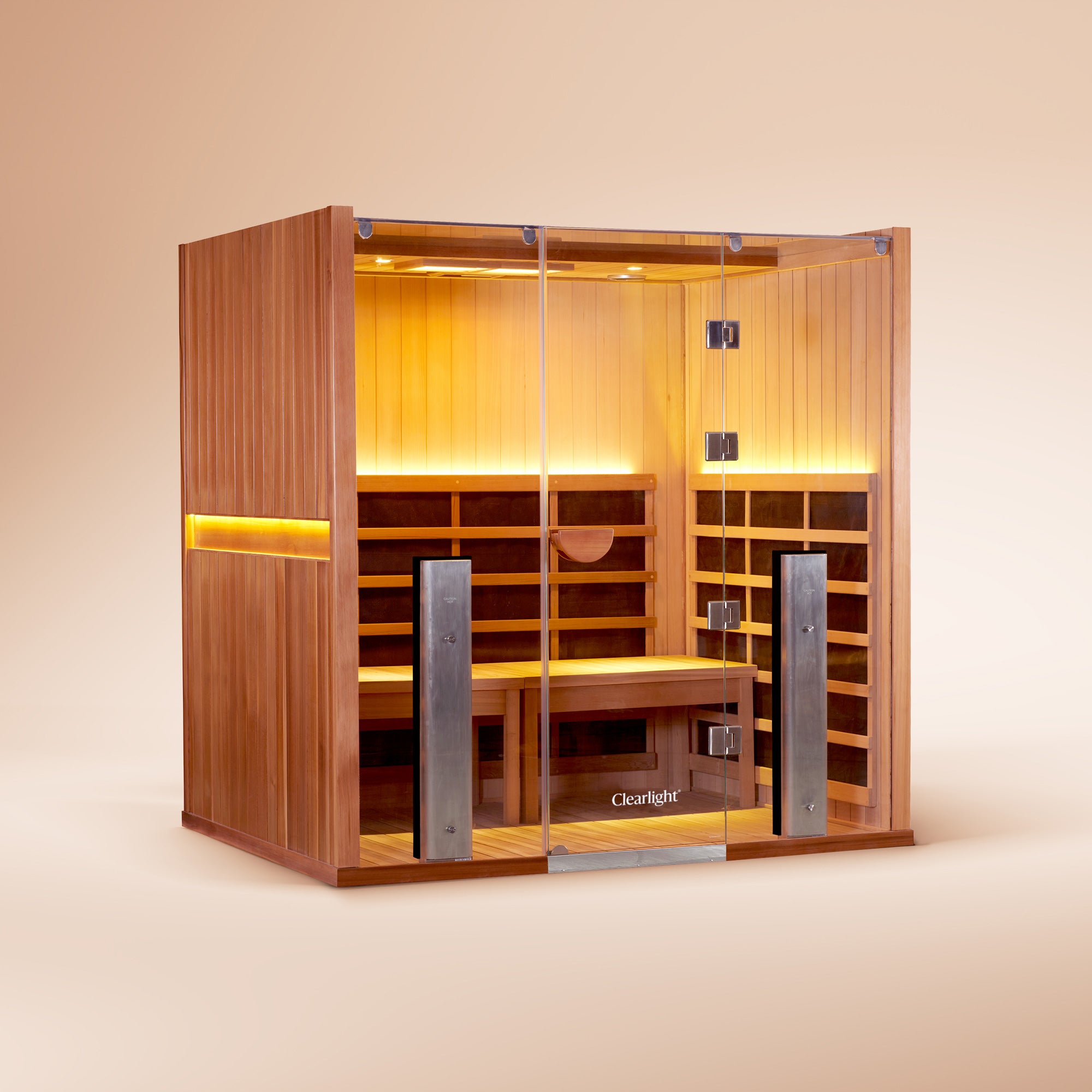
Infrared Saunas in Summer
Can An Infrared Sauna Help You Sleep Better?